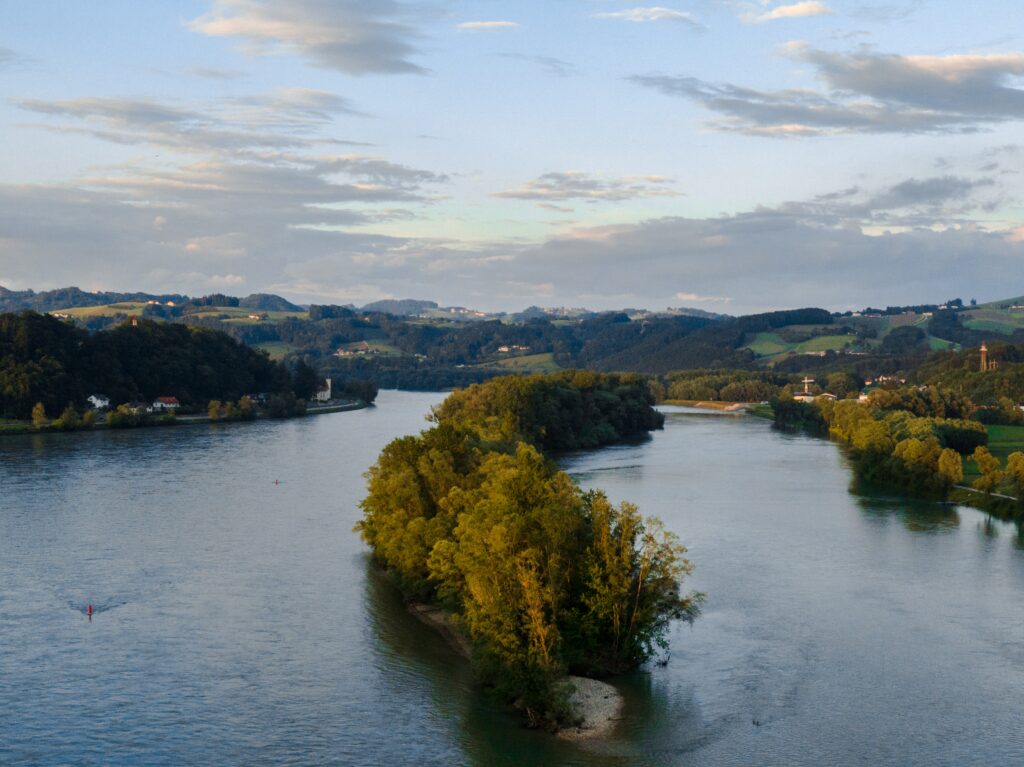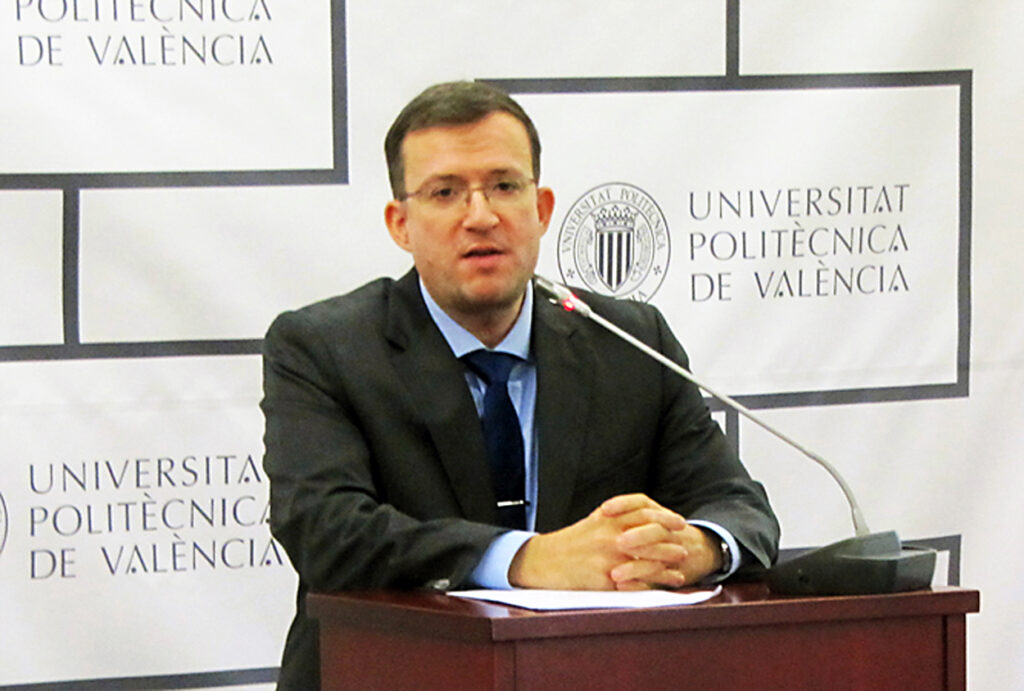
How GoNEXUS case studies were decided and why?
GoNEXUS’ 8 case studies will study key water basins in Europe and Africa in addition to larger studies addressing Europe and the globe. Find out why each of them matters to further the understanding of the global interlinkages between water, energy, food, and ecosystems (WEFE).
Our case study sites were carefully selected. Firstly, we took into consideration the existence (or possibilities of development) of adequate modelling tools to represent the WEFE nexus. Then we selected sites where we could work closely alongside local partners with the stakeholders, particularly during the Nexus Dialogues. Finally, we prioritised the existence of WEFE issues that GoNEXUS can address and add value to.
We made sure to select case studies that address different areas and types of river basins. We will cover areas in Europe (Danube, Como, Tagus-Segura, and Júcar) and Africa (Senegal and Zambezi). Each of these case study sites is characterised by a unique configuration of WEFE nexus issues, modelling tools, and a mix of stakeholders, showcasing the applicability of GoNEXUS.
We also make sure to cover different spatial scales. In addition to basin-scale case studies in Europe and Africa, we included one global case study and one continental case study focused on Europe, in which we bring together partners with experience in large-scale modelling with a wide group of stakeholders for the nexus dialogues.
“We live in a connected world where any decision or natural hazard taking place in one place can have a distinct impact overseas.”
How various events are connected on a global scale is one of the reasons why GoNEXUS chose to include a global case study. The two case studies outside of Europe – Senegal, and the Zambezi – share close links with the European ones as they are two of the main river basins in Africa. Including them as case studies will enable the identification of synergies between Africa and the EU, as well as between the basins themselves, and may result in strong positive impacts and the identification of opportunities for EU-African collaboration.
About the author:

Manuel Pulido-Velazquez is the coordinator for the GoNEXUS project as well as a full professor at the Universitat Politècnica de València (UPV) in Spain and the director of the Climate Change Chair at UPV. He is also the director of the Research Institute of Water and Environmental Engineering (IIAMA), which is Spain’s leading academic research centre for the interdisciplinary study of water resource management challenges. Before GoNEXUS, Manuel participated in many EU-funded projects (FP7 GENESIS: Groundwater and dependent Ecosystems: new Scientific basis on climate change and land-use impacts for the update of the EU Groundwater Directive, H2020 IMPREX: Improving predictions and management of hydrological extremes, ERA4CS INNOVA: Innovation in Climate Services Provisions well as projects funded by the Spanish Ministry of Science and Innovation. Apart from coordinating the project, UPV will also lead the activities for the Jucar (Spain) and the Tagus-Segura (Spain and Portugal) case studies.
